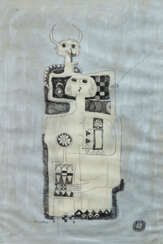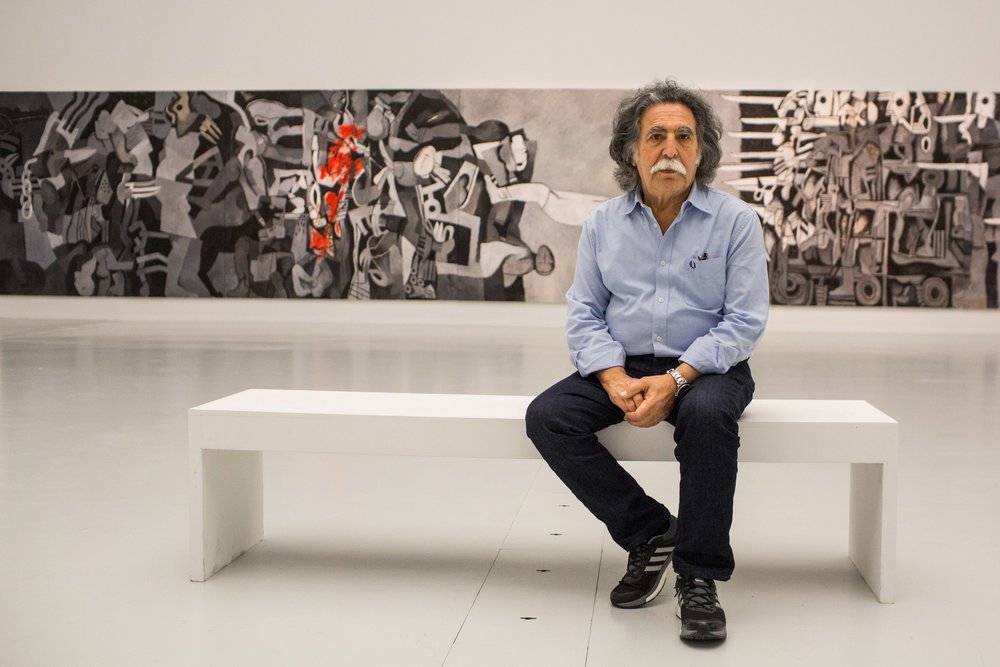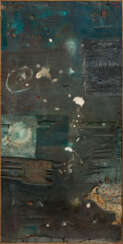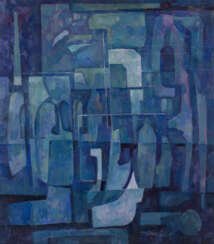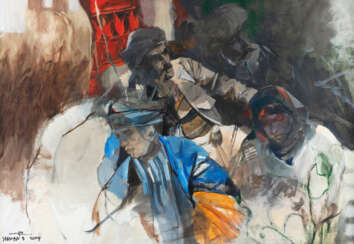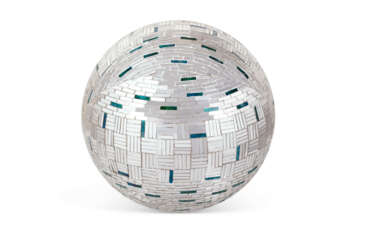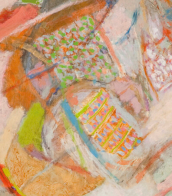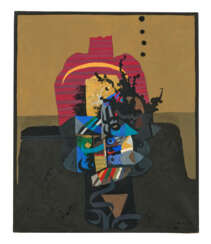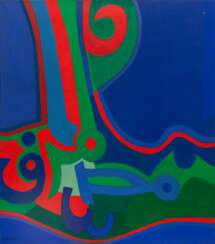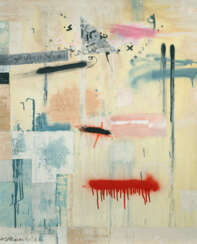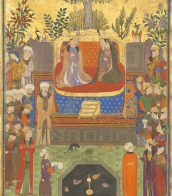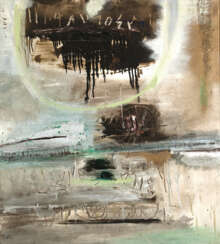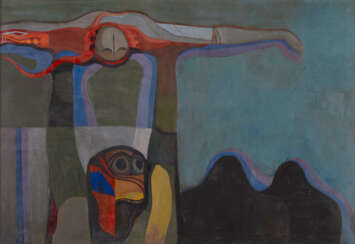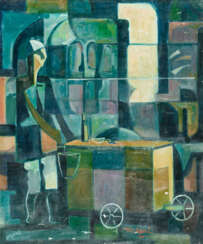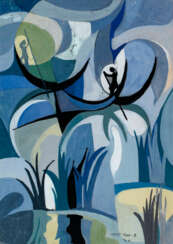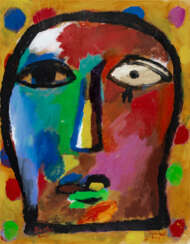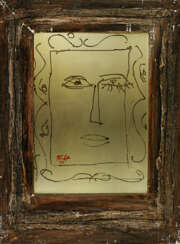80 Items by auctions and galleries:
ирак
Lot 97 [Экз. И.И. Куриса]. Peyssonel, C.Ch. de. Die Verfassung des Handels auf dem Schwarzen Meere :
Аукцион 21-1. Редкие книги, рукописи, фотографии и графика XVIII—ХХ вв. 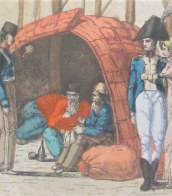

Аукционный дом «Жар-Птица»
Аукцион 21-1. Редкие книги, рукописи, фотографии и графика XVIII—ХХ вв.
Date: 04.09.2022 16:00 UTC +03:00
Number of lots in the catalog: 205
Lot 90 [Экз. И.И. Куриса]. Peyssonel, C.Ch. de. Die Verfassung des Handels auf dem Schwarzen Meere : aus dem Französischen : nebst einigen neuen Nachrichten über Smyrna und Candien…
Аукцион 22. Редкие книги, инскрипты, рукописи, открытки и фотографии XVIII—XX вв. 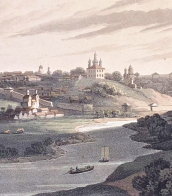

Аукционный дом «Жар-Птица»
Аукцион 22. Редкие книги, инскрипты, рукописи, открытки и фотографии XVIII—XX вв.
Date: 07.10.2023 17:15 UTC +03:00
Number of lots in the catalog: 238
Lot 103 Hafidh Al Droubi (Iraqi, 1914-1991)
Hafidh al-Droubi (1914 - 1991) 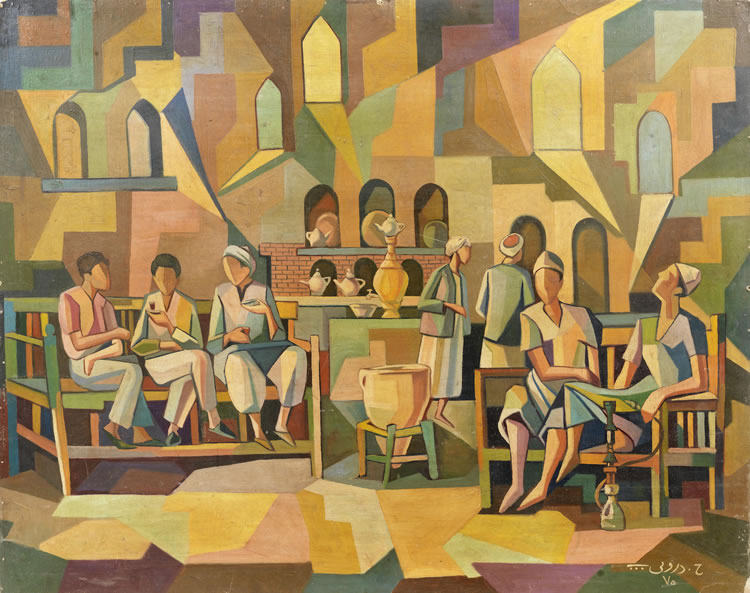 Modern and Contemporary Middle Eastern Art, Part II
Modern and Contemporary Middle Eastern Art, Part II 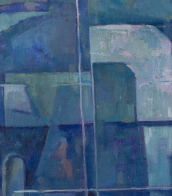

Hafidh al-Droubi
1914 - 1991
Iraq
Hafidh Al Droubi was an Iraqi painter and draughtsman, noted for his Cubist paintings and for his approach to professionalising Iraqi art education in the early to mid 20th-century. He was a prolific painter, an important artist in the Pioneer generation, a key figure in the development of modernism in Iraq and a key figure in the development of early Iraqi art education. He was a highly experimental painter, at different times in his career he followed Impressionism, Cubism, Surrealism and Futurism, but is arguably best known for using the Cubist works used to depict local themes. While his techniques were primarily based on Western art movements, he never really abandoned Iraqi society and art traditions. He sought to adapt Western art for a uniquely Iraqi audience, culture and experience. He used Iraqi themes for his subject matter, preferring to paint scenes of everyday life. He painted scenes of Baghdad, its streets, its markets and its people; to the extent that he became known as the "City Painter".

CHRISTIE'S
Modern and Contemporary Middle Eastern Art, Part II
Date: 03.11.2022 13:00 UTC +00:00
Number of lots in the catalog: 36
Lot 115 Hafidh Aldroubi (Iraqi, 1914-1991)
Hafidh al-Droubi (1914 - 1991)  Modern and Contemporary Middle Eastern Art, Part II
Modern and Contemporary Middle Eastern Art, Part II 

Hafidh al-Droubi
1914 - 1991
Iraq
Hafidh Al Droubi was an Iraqi painter and draughtsman, noted for his Cubist paintings and for his approach to professionalising Iraqi art education in the early to mid 20th-century. He was a prolific painter, an important artist in the Pioneer generation, a key figure in the development of modernism in Iraq and a key figure in the development of early Iraqi art education. He was a highly experimental painter, at different times in his career he followed Impressionism, Cubism, Surrealism and Futurism, but is arguably best known for using the Cubist works used to depict local themes. While his techniques were primarily based on Western art movements, he never really abandoned Iraqi society and art traditions. He sought to adapt Western art for a uniquely Iraqi audience, culture and experience. He used Iraqi themes for his subject matter, preferring to paint scenes of everyday life. He painted scenes of Baghdad, its streets, its markets and its people; to the extent that he became known as the "City Painter".

CHRISTIE'S
Modern and Contemporary Middle Eastern Art, Part II
Date: 03.11.2022 13:00 UTC +00:00
Number of lots in the catalog: 36
Lot 116 Shaker Hassan Al-Said (Iraqi, 1925-2004)
Shakir Hassan Al Said (1925 - 2004) 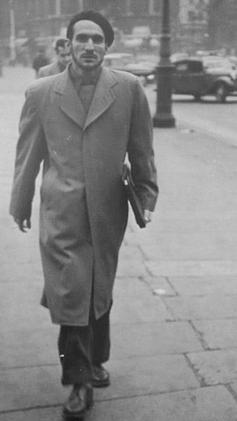 Modern and Contemporary Middle Eastern Art, Part II
Modern and Contemporary Middle Eastern Art, Part II 

Shakir Hassan Al Said
1925 - 2004
Iraq
Shakir Hassan Al Said, an Iraqi painter, sculptor and writer, is considered one of Iraq's most innovative and influential artists. An artist, philosopher, art critic and art historian, he was actively involved in the formation of two important art groups that influenced the direction of post-colonial art in Iraq. He, and the art groups in which he was involved, shaped the modern Iraqi art movement and bridged the gap between modernity and heritage. His theories charted a new Arabic art aesthetic which allowed for valuations of regional art through lenses that were uniquely Arabic rather than Western. Al Said's early work reveals the influence of European avant-garde art movements - particularly expressionism and cubism. However, his work also drew on his Arabic-Islamic heritage and popular culture. His work evolved from the 1960s after he began to focus on Sufism in the 1960s. From this time, he began to integrate Arabic letters as a visual element in his compositions. His artistic philosophy was rooted within both Sufism (a branch of Islam) and Western Modern ideals regarding structuralism, semiotics, deconstructionist, phenomenology, and existentialist thoughts. Al Said published several books on modern art in Iraq and numerous articles in Arabic journals and newspapers.

CHRISTIE'S
Modern and Contemporary Middle Eastern Art, Part II
Date: 03.11.2022 13:00 UTC +00:00
Number of lots in the catalog: 36
Lot 122 Hafidh Al-Droubi (Iraqi, 1914-1991)
Hafidh al-Droubi (1914 - 1991)  Modern and Contemporary Middle Eastern Art, Part II
Modern and Contemporary Middle Eastern Art, Part II 

Hafidh al-Droubi
1914 - 1991
Iraq
Hafidh Al Droubi was an Iraqi painter and draughtsman, noted for his Cubist paintings and for his approach to professionalising Iraqi art education in the early to mid 20th-century. He was a prolific painter, an important artist in the Pioneer generation, a key figure in the development of modernism in Iraq and a key figure in the development of early Iraqi art education. He was a highly experimental painter, at different times in his career he followed Impressionism, Cubism, Surrealism and Futurism, but is arguably best known for using the Cubist works used to depict local themes. While his techniques were primarily based on Western art movements, he never really abandoned Iraqi society and art traditions. He sought to adapt Western art for a uniquely Iraqi audience, culture and experience. He used Iraqi themes for his subject matter, preferring to paint scenes of everyday life. He painted scenes of Baghdad, its streets, its markets and its people; to the extent that he became known as the "City Painter".

CHRISTIE'S
Modern and Contemporary Middle Eastern Art, Part II
Date: 03.11.2022 13:00 UTC +00:00
Number of lots in the catalog: 36
Lot 11 SHAKER HASSAN AL SAID (IRAQI, 1925-2004)
Shakir Hassan Al Said (1925 - 2004)  Modern and Contemporary Middle Eastern Art Online
Modern and Contemporary Middle Eastern Art Online 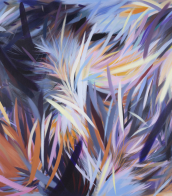

Shakir Hassan Al Said
1925 - 2004
Iraq
Shakir Hassan Al Said, an Iraqi painter, sculptor and writer, is considered one of Iraq's most innovative and influential artists. An artist, philosopher, art critic and art historian, he was actively involved in the formation of two important art groups that influenced the direction of post-colonial art in Iraq. He, and the art groups in which he was involved, shaped the modern Iraqi art movement and bridged the gap between modernity and heritage. His theories charted a new Arabic art aesthetic which allowed for valuations of regional art through lenses that were uniquely Arabic rather than Western. Al Said's early work reveals the influence of European avant-garde art movements - particularly expressionism and cubism. However, his work also drew on his Arabic-Islamic heritage and popular culture. His work evolved from the 1960s after he began to focus on Sufism in the 1960s. From this time, he began to integrate Arabic letters as a visual element in his compositions. His artistic philosophy was rooted within both Sufism (a branch of Islam) and Western Modern ideals regarding structuralism, semiotics, deconstructionist, phenomenology, and existentialist thoughts. Al Said published several books on modern art in Iraq and numerous articles in Arabic journals and newspapers.

CHRISTIE'S
Modern and Contemporary Middle Eastern Art Online
Date: 16.05.2023 16:00 UTC +04:00
Number of lots in the catalog: 63
Lot 16 HAFIDH AL DROUBI (IRAQI, 1914 - 1991)
Hafidh al-Droubi (1914 - 1991)  Modern and Contemporary Middle Eastern Art Online
Modern and Contemporary Middle Eastern Art Online 

Hafidh al-Droubi
1914 - 1991
Iraq
Hafidh Al Droubi was an Iraqi painter and draughtsman, noted for his Cubist paintings and for his approach to professionalising Iraqi art education in the early to mid 20th-century. He was a prolific painter, an important artist in the Pioneer generation, a key figure in the development of modernism in Iraq and a key figure in the development of early Iraqi art education. He was a highly experimental painter, at different times in his career he followed Impressionism, Cubism, Surrealism and Futurism, but is arguably best known for using the Cubist works used to depict local themes. While his techniques were primarily based on Western art movements, he never really abandoned Iraqi society and art traditions. He sought to adapt Western art for a uniquely Iraqi audience, culture and experience. He used Iraqi themes for his subject matter, preferring to paint scenes of everyday life. He painted scenes of Baghdad, its streets, its markets and its people; to the extent that he became known as the "City Painter".

CHRISTIE'S
Modern and Contemporary Middle Eastern Art Online
Date: 16.05.2023 16:00 UTC +04:00
Number of lots in the catalog: 63
Lot 17 HAFIDH AL DROUBI (IRAQI, 1914-1991)
Hafidh al-Droubi (1914 - 1991)  Modern and Contemporary Middle Eastern Art Online
Modern and Contemporary Middle Eastern Art Online 

Hafidh al-Droubi
1914 - 1991
Iraq
Hafidh Al Droubi was an Iraqi painter and draughtsman, noted for his Cubist paintings and for his approach to professionalising Iraqi art education in the early to mid 20th-century. He was a prolific painter, an important artist in the Pioneer generation, a key figure in the development of modernism in Iraq and a key figure in the development of early Iraqi art education. He was a highly experimental painter, at different times in his career he followed Impressionism, Cubism, Surrealism and Futurism, but is arguably best known for using the Cubist works used to depict local themes. While his techniques were primarily based on Western art movements, he never really abandoned Iraqi society and art traditions. He sought to adapt Western art for a uniquely Iraqi audience, culture and experience. He used Iraqi themes for his subject matter, preferring to paint scenes of everyday life. He painted scenes of Baghdad, its streets, its markets and its people; to the extent that he became known as the "City Painter".

CHRISTIE'S
Modern and Contemporary Middle Eastern Art Online
Date: 16.05.2023 16:00 UTC +04:00
Number of lots in the catalog: 63
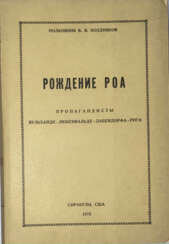

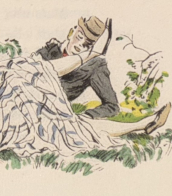


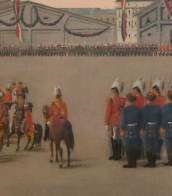
![[Экз. И.И. Куриса]. Peyssonel, C.Ch. de. Die Verfassung des Handels auf dem Schwarzen Meere :](/assets/image/picture_2303469/d858b/lbapnvmxjvlcdiniegd7iu4nlshilrswjg0ksmjjg6dx9gmgpua6nigduistjkti1659663048jpg__fix_374_244.jpeg)
![[Экз. И.И. Куриса]. Peyssonel, C.Ch. de. Die Verfassung des Handels auf dem Schwarzen Meere :](https://veryimportantlot.com/assets/image/picture_2303469/d858b/lbapnvmxjvlcdiniegd7iu4nlshilrswjg0ksmjjg6dx9gmgpua6nigduistjkti1659663048jpg__fix_374_244.jpeg)
![[Экз. И.И. Куриса]. Peyssonel, C.Ch. de. Die Verfassung des Handels auf dem Schwarzen Meere : aus dem Französischen : nebst einigen neuen Nachrichten über Smyrna und Candien…](/assets/image/picture_3121830/c43a6/ufnohpdillmicvmhanh1ruvrq18feasjukigbnn7psulsqzgzzs4h8l8yfpxcb6b1694982012jpg__fix_374_244.jpeg)
![[Экз. И.И. Куриса]. Peyssonel, C.Ch. de. Die Verfassung des Handels auf dem Schwarzen Meere : aus dem Französischen : nebst einigen neuen Nachrichten über Smyrna und Candien…](https://veryimportantlot.com/assets/image/picture_3121830/c43a6/ufnohpdillmicvmhanh1ruvrq18feasjukigbnn7psulsqzgzzs4h8l8yfpxcb6b1694982012jpg__fix_374_244.jpeg)


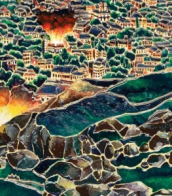
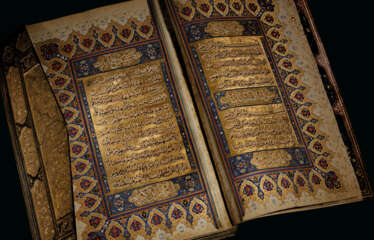

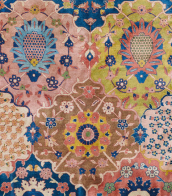
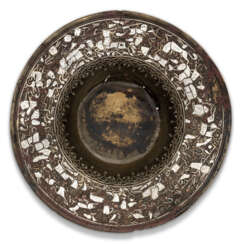

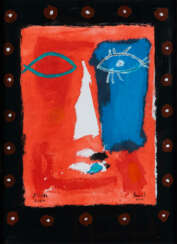



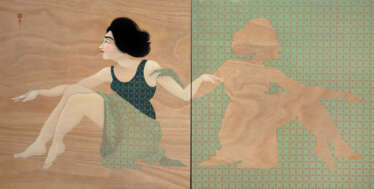

.jpg)
